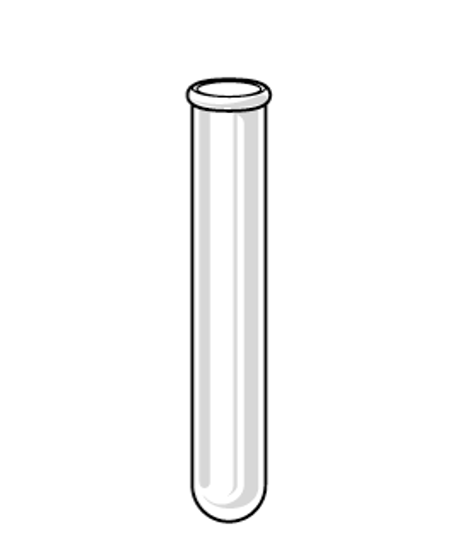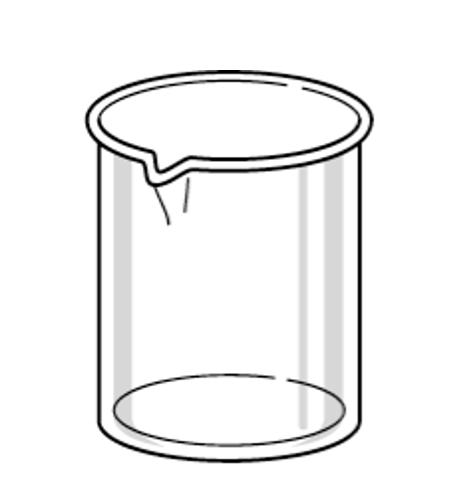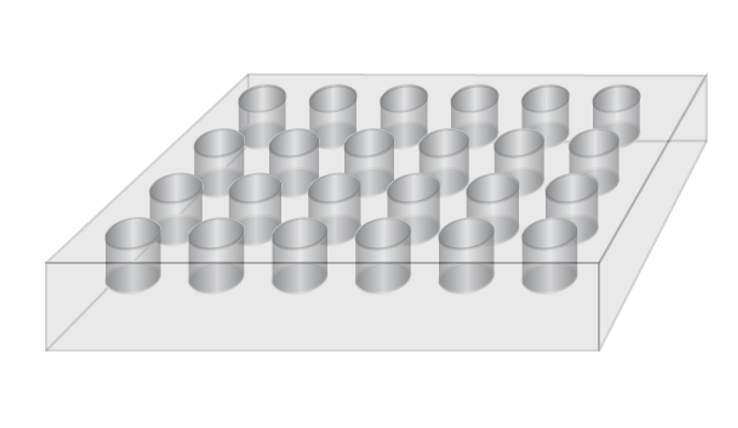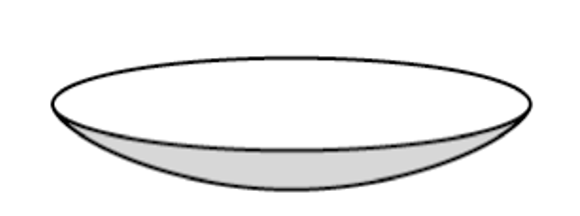Part 3: Glassware & Laboratory Equipment
6 Containers
Containers can be used as reaction vessels or for storing samples.
| Image of Glassware | Name and Description of Glassware |
|---|---|
 |
Test Tubes
There are two main types of test tubes: those made out of regular glass and those made out of Pyrex. Most of the test tubes in your lab drawer will be glass test tubes. These are fine but do not stand up to excessive and rapid heating and cooling as well as Pyrex test tubes do; however, they are cheaper. Test tubes may be used as containers for solids or liquids. They can be used as containers for quick tests for properties such as solubility, effect of heat, etc. Often, they are used to carry out reactions on a small scale and can also be used as centrifuge tubes when a separation of solid from liquid is necessary. |
|

|
Beakers
Beakers are larger containers than test tubes, available in various sizes (25-500 mL, typically), and usually have a pouring spout. These glass beakers are safe to use for heating, such as for water baths. Be wary of placing a hot piece of glassware (like a beaker) on a room temperature lab bench; thermal shock (causing the glassware to shatter) may occur. Those beakers with graduations on the side can be used as approximate measuring devices for liquids (see Measuring Devices if you need a specific volume). |
 |
Erlenmeyer Flasks
Named for its creator, these conical-shaped flasks have a flat bottom and a narrow neck. They are usually glass and are safe for heating solutions. The narrow mouth helps prevent the solvent from escaping and makes the flask particularly useful for containing volatile solvents. These are often used for recrystallizations, titrations, or as reaction vessels. They are not ideal for making solutions or measuring. |
 |
Conical Vial
A small, cylindrical glassware with a cylinder bottom, usually used for microscale reactions or storing and handling small volumes of liquid samples. It can stand up on the laboratory bench due to its flat bottom, and the interior of the vial tapers to a point to allow a pipet to extract liquids from the bottom of the vial. This glassware can be used for small-scale reflux, extraction, condensation or distillation reactions. |
|
 |
Watch Glass
This is a very shallow glass bowl often used to allow crystals to dry after they have been filtered. This glass should not be heated to extremes. |
 |
Round Bottom Flask
A round bottom flask, or a boiling flask, is a container with spherical body, a flat bottom, and a narrow neck (or multiple necks). It is typically made of glass and is used for heating liquids and distillations. The round bottom allows for more even heating, while the narrow neck minimizes evaporation and allows for the attachment of various laboratory apparatus such as condensers, stoppers, and thermometers. The shaded area indicates ground glass joints. |

